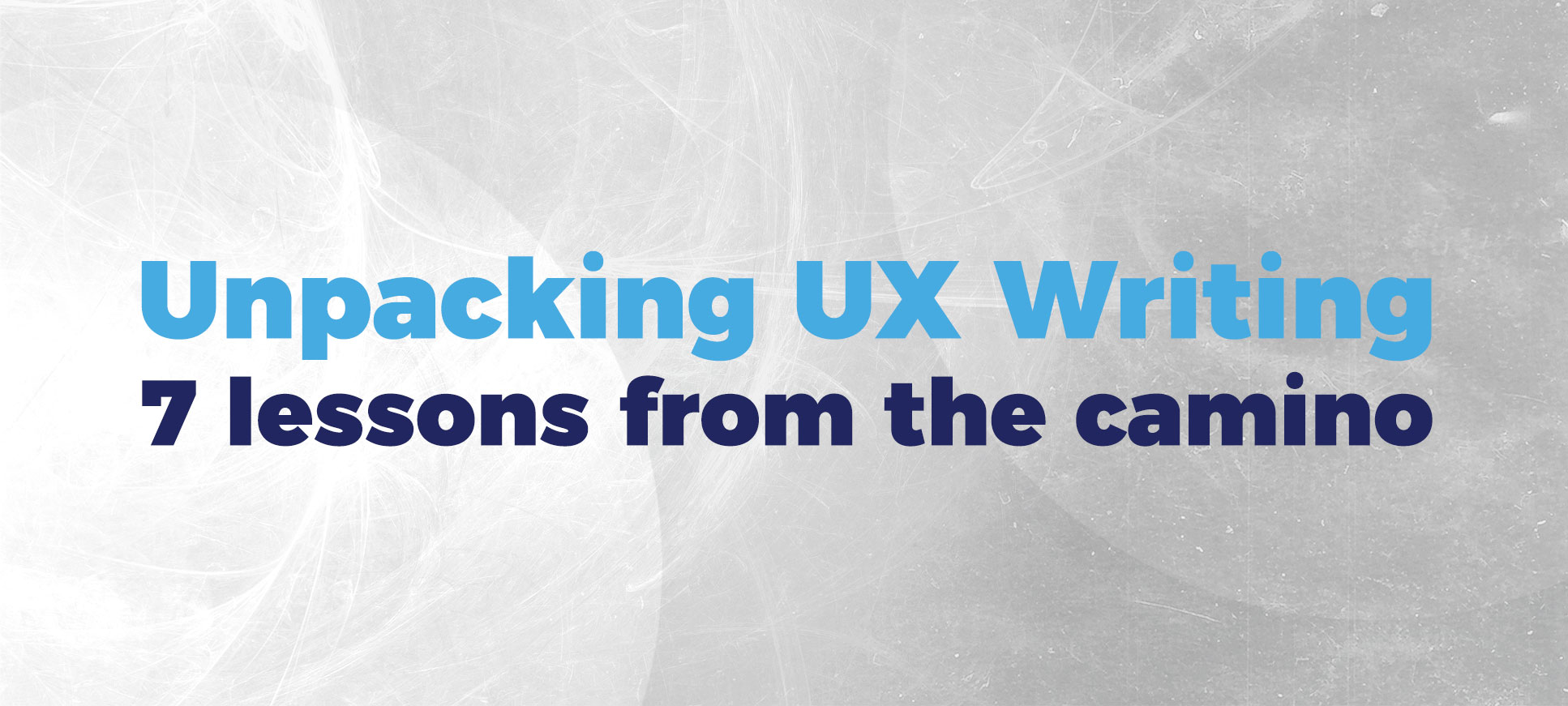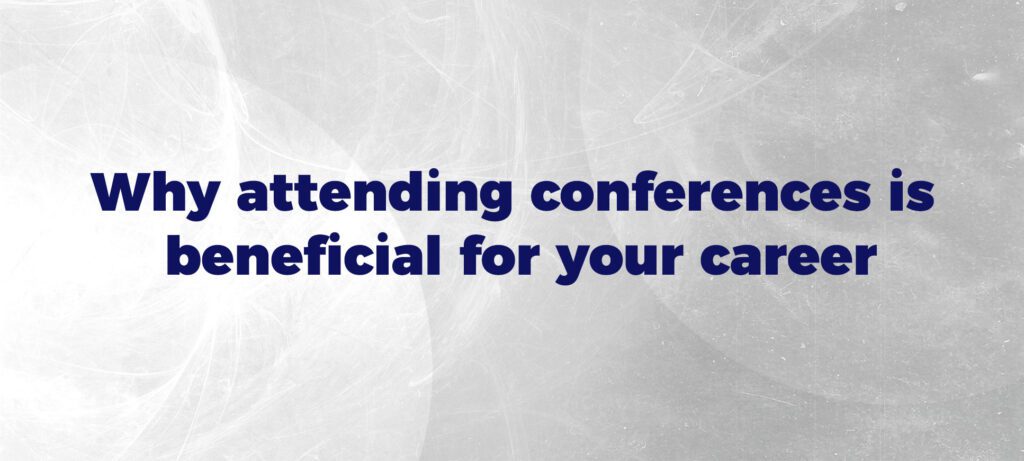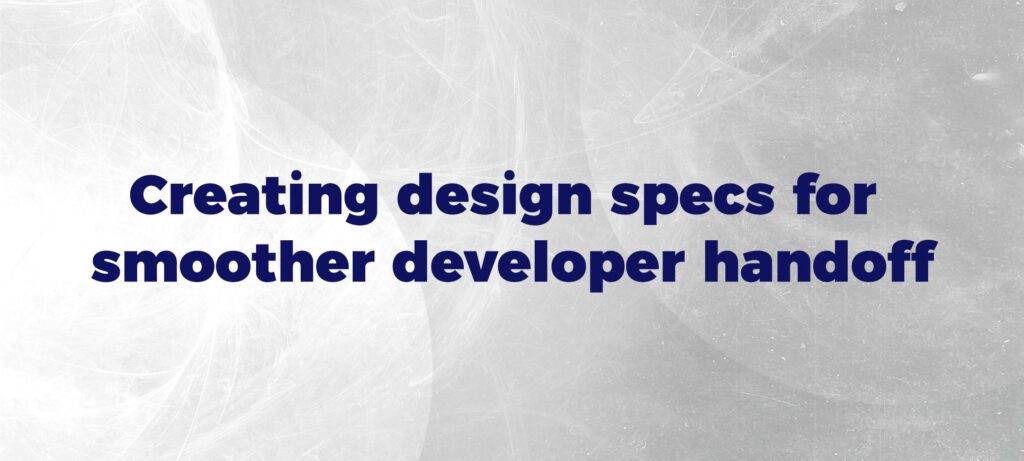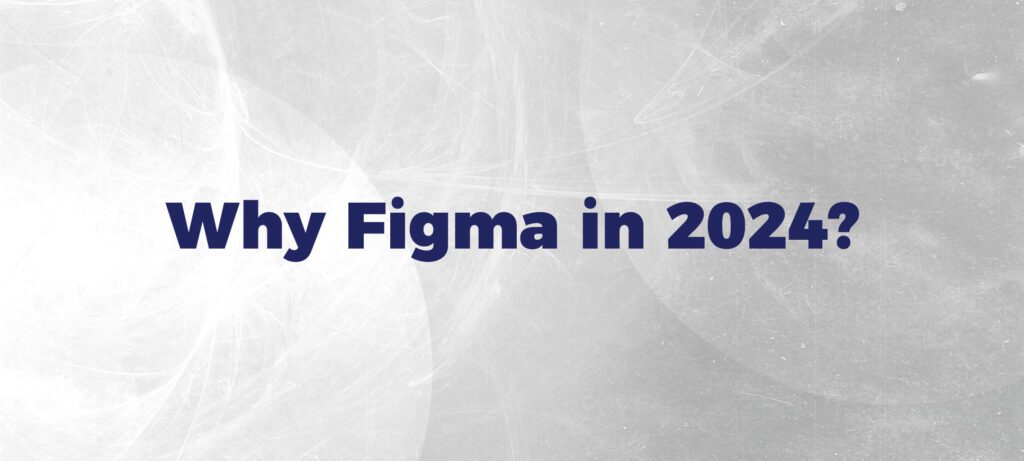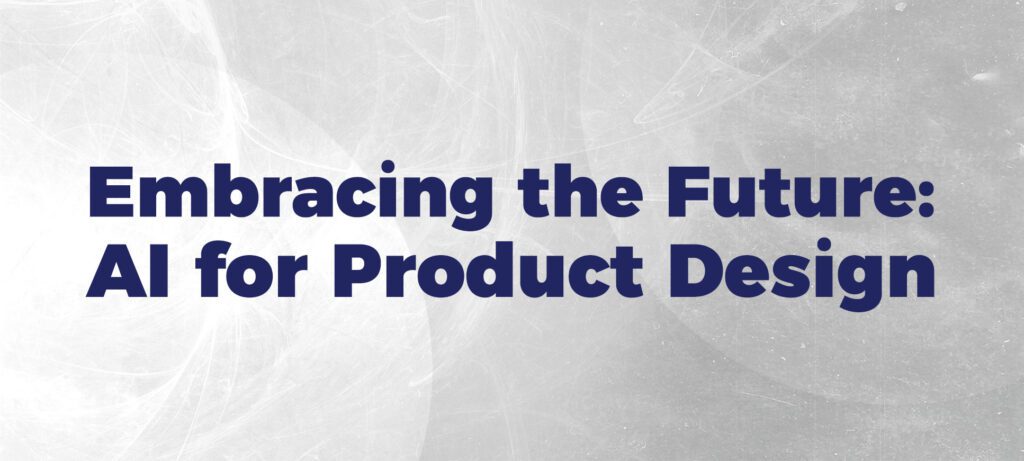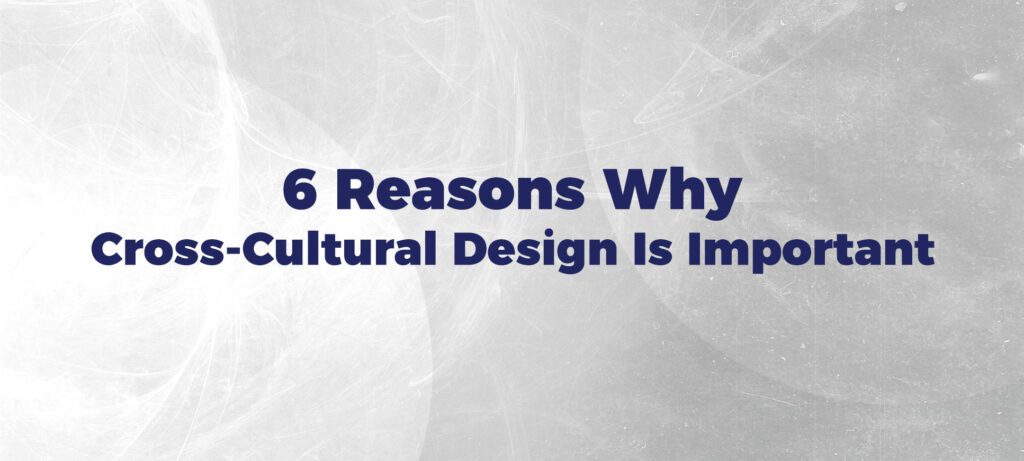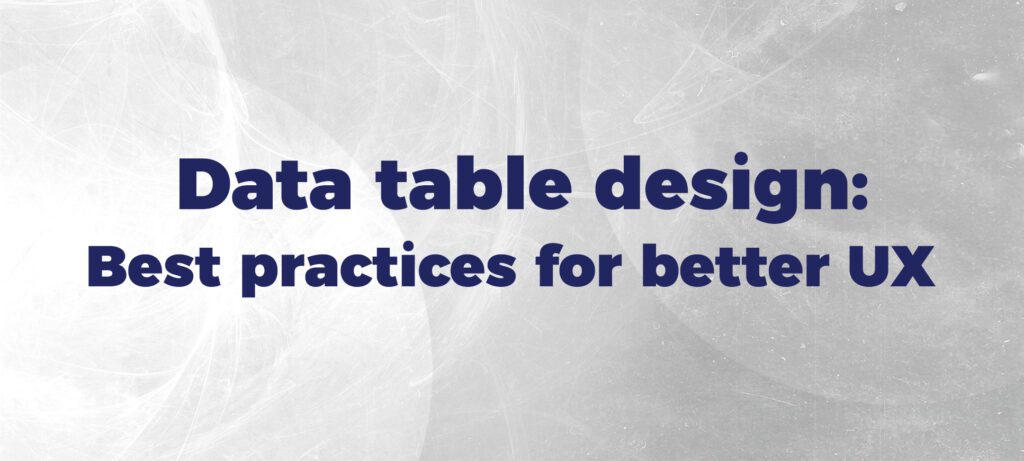I’ve been reading that posts like these annoy senior designers. They claim that beginners use their personal experiences to create content, given the lack of professional experience.
That’s true. Well, at least it’s true for me. I see every experience as an opportunity to be a better professional, whether by watching, listening, questioning or writing. So everything for me can be an inspiration.
As well as this story.
It was September 2021. After vaccinating myself against COVID-19, I embarked on my first solo trip. I walked the Camino de Santiago de Compostela in Spain.
This adventure was a watershed. The Monique who is talking to you today is very different from the Monique who left home with a not-so-heavy backpack. The old Monique cared a lot about other people’s opinions and was afraid to expose herself. The current Monique, well, so does she.
The difference is that I now know better how to deal with frustrations and I’m aware that life doesn’t have to make me happy.
And what does this have to do with UX Writing? Nothing.
But, during my journey, I went through some situations that made me reflect on people, and they do have everything to do with our profession.
So following the trend, I’ve listed the 7 most important lessons I’ve learned during the Camino. And of course at the same time annoy some work colleagues.
Muaaaahhh (evil laugh).
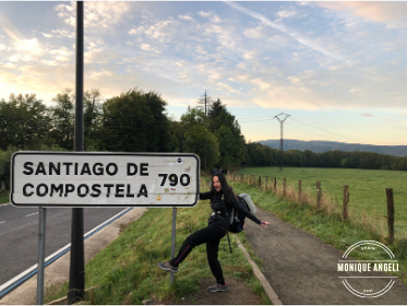
1 – Don’t mess up with a winning team
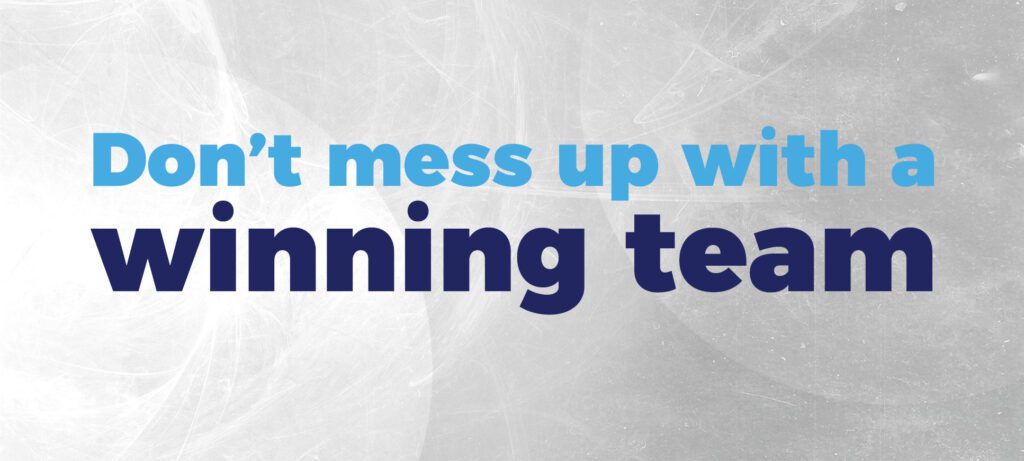

I was leaving Pamplona when I noticed no longer famous yellow arrows painted on the floors and walls. I returned a few blocks, turned corners, right, left, and nothing. I found a couple of pilgrims who were also lost, so we asked for information. We were shocked to learn that we were on the right track. We looked at the sidewalk and there was the arrow, this time in grey, drawn in high relief inside a metallic circle. The Camino de Santiago is millenary and one of the most symbolic elements, besides the shell, is the yellow arrow. A small change is made and the user is lost. Changes are sometimes necessary, a product must keep up with technological and human evolution. But it should happen smoothly and the user must be informed.
2 – Localization, Localization


Besides the sun, another thing I miss is Spanish cuisine. I tried everything, even the octopus. Well, I confess that I don’t miss this one. But my favourite moment of the day was breakfast. Café con leche and croissant or tostadas with butter. And the famous bocadillo, which is a sandwich. But it was never hot. I thought all that delicious cheese served cold was a waste. Until one day I asked if it was possible to warm up the bocadillo. The attendant frowned “Oh, do you want a sandwich?”. I asked the difference and found out that bocadillo is a cold sandwich, and sandwich means hot sandwich. Knowing the term used by the Spaniards made communication much easier. I no longer needed to explain with my terrible “Portuñol” how I wanted my bocadillo, I mean, sandwich. And my order was always on point.
3 – Manage expectations
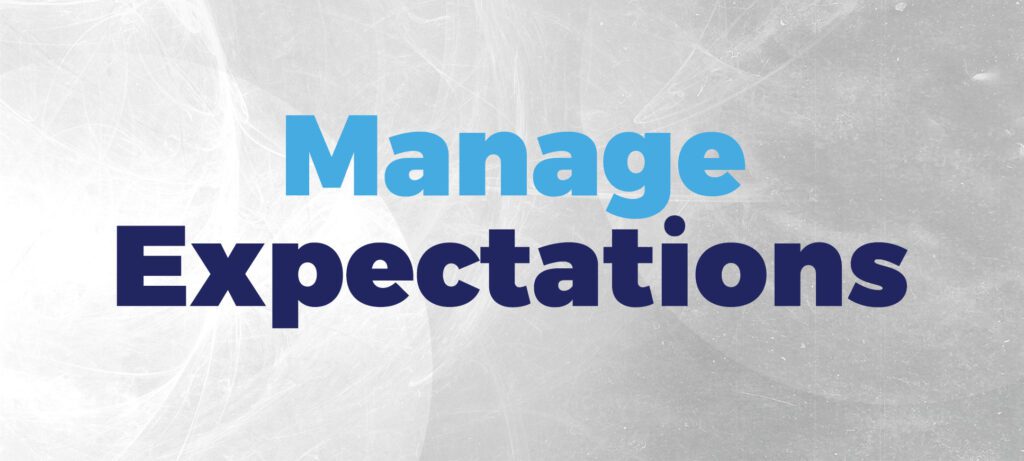

The Camino de Santiago sounds like something spiritual, right? Or religious, depending on your point of view. But as much as it has its core in spirituality, many people go for tourism. This is not a big problem. The reason why someone decides to walk is very particular. However, since it’s a pilgrimage, I expected to have a buddha experience, with silence, introspection, and nice people around me all the time. The expectation was on the rise. It’s not like that. The reality is different. If I had managed my expectations a little before leaving home, I wouldn’t have been so irritated to share a room with a group of completely drunk pilgrims. The same applies to design. Working with deadlines, tight budgets, fluctuating markets, UX without research, and UX evangelization, all can generate anxiety. That’s why it’s important to always work with reality, studying all possible scenarios, thus keeping anxiety up to date.
4 – Talk to the locals.
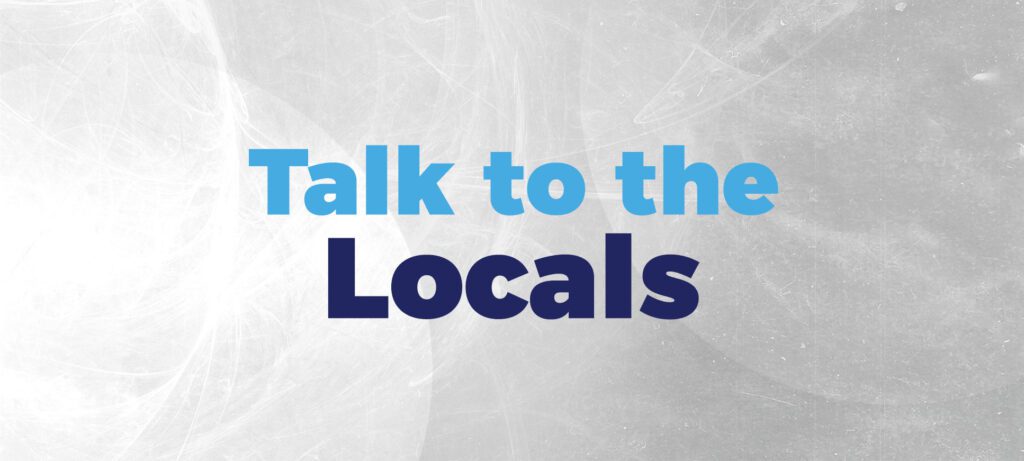

Listening is fundamental in design. I exercise this item every day because I like to share my stories too. But with each village I passed I chose a local to be my “victim” and annoyed them with questions about life. In one of these conversations, I discovered that I was close to one of the largest archaeological sites in the world, Atapuerca. Pure history. I mean, prehistory. You don’t have to go that far to talk to a local. It could be at the bakery, in the supermarket, or on a plane. Being interested in people’s stories is something that adds a lot and makes us see the world from the other’s perspective. this is the crucial ingredient for designing products that fit people’s reality and solve their problems.
5 – Take it easy and don’t compare journeys
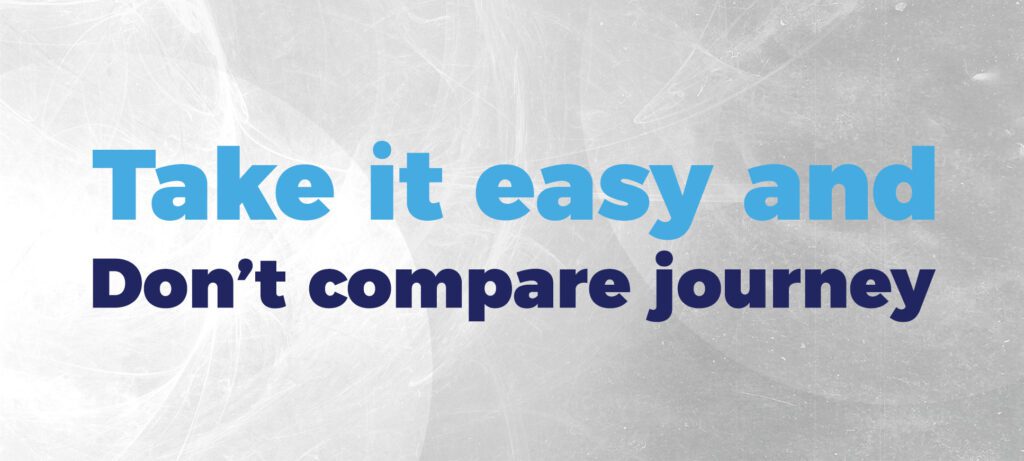

Become UX Writing in two months. Who has never heard this fallacy? There’s also haste and comparison in the Camino. One of the hottest topics among pilgrims is daily mileage. Many boast of completing great distances a day. They brag “I got my Compostela in less than a month” (yes, you get a certificate if you walk 100km or more). I remember not caring so much about speed. I even liked it because I walked most of the way in silence. No one could stand my pace. But I felt bad when I had to stop for one day because of a health issue. I thought I had to walk every day and stopping meant I was weak. Because of this forced pause, I watched the sunrise while having breakfast and spent the day reading a great book. It was amazing. I concluded that sometimes we need to slow down a bit and listen to our bodies. It’s no wonder that mental health is on the agenda in this post-pandemic moment of mass layoffs and ChatGPT. So let’s take it easy. If today it’s not possible to walk, tomorrow you will resume. And never compare journeys.
6 – Study and prepare yourself
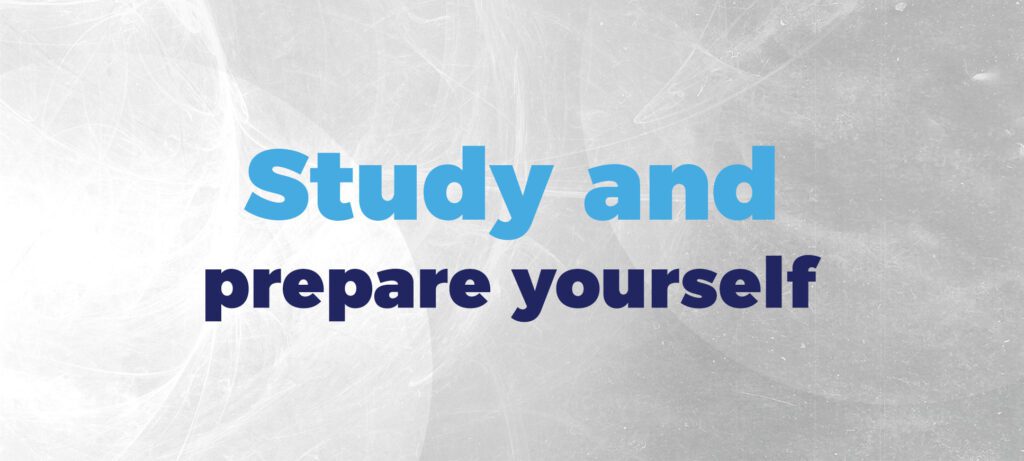

The author of The Alchemist and The Pilgrimage, Paulo Coelho said during an interview that no course prepares you 100% to walk the Camino. He’s right, you never know what kind of problems you’ll run into down the road. But what I’ve learned from my experience is that it’s important to understand what kind of project it is. Walking around 1,000 kilometres in nearly two months is a far cry from a late-afternoon walk in Dublin’s Phoenix Park. For example, I wasn’t giving that much importance to the type of shoes. I planned to take my running shoes, and if something went wrong, I could buy another one during the trip. Look how crazy, I was neglecting one of the most important things on a pilgrimage: the health of my feet. The recommendation was unanimous, so a week before leaving I bought the most important item of my life until then. I tell you this because I didn’t have blisters. I learned that we’re not in complete control of the world around us. But studying prepares us for the unexpected.
7 – We have a long way to go
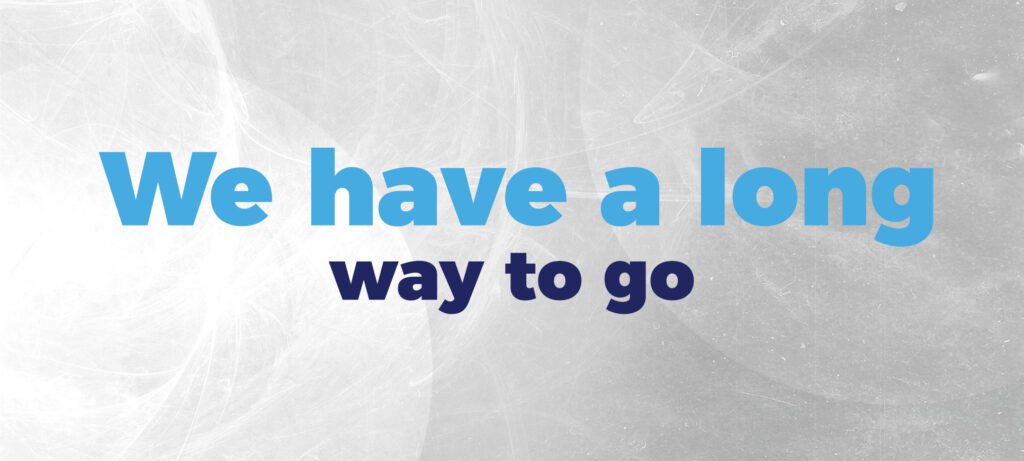

This learning goes especially to those who are students. The news doesn’t seem to be the best. We open LinkedIn and read a lot about mass layoffs and crises. Every week at least one post pop in my feed saying that the UX market is saturated. This generates great anxiety in those trying to enter the area. I say this with propriety. But what you see outside the platform is an expanding field that needs a lot of workforces. A pilgrimage doesn’t need the use of technology, but it can be helpful. Remember when they changed the colour of the arrows? So, GPS helped me with the right direction, even after talking to a local. Pardon the pun, but we have a long way to go.
Are you ready? So put on your sneakers and let’s go!
Wrote by: Monique Angeli

